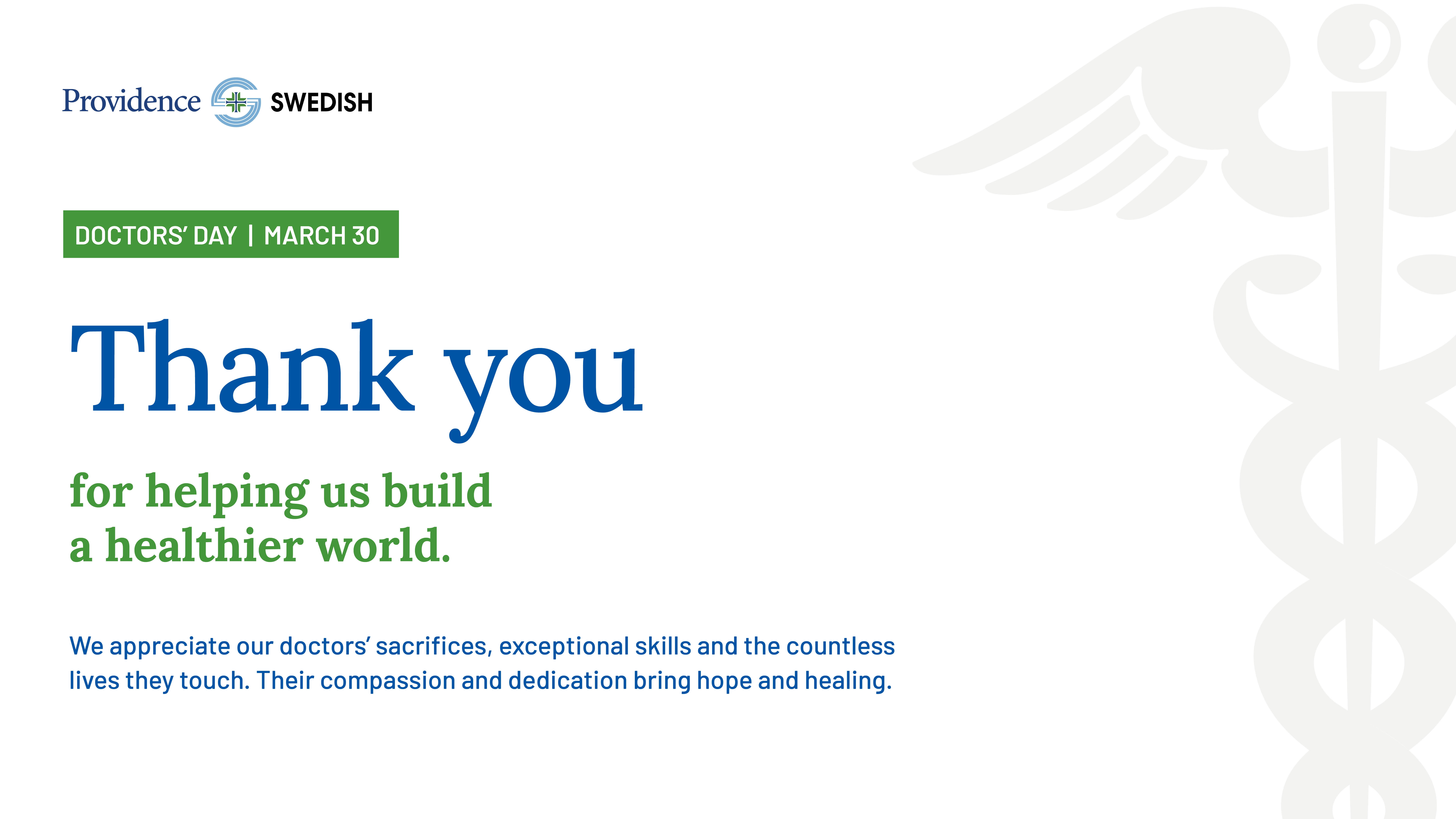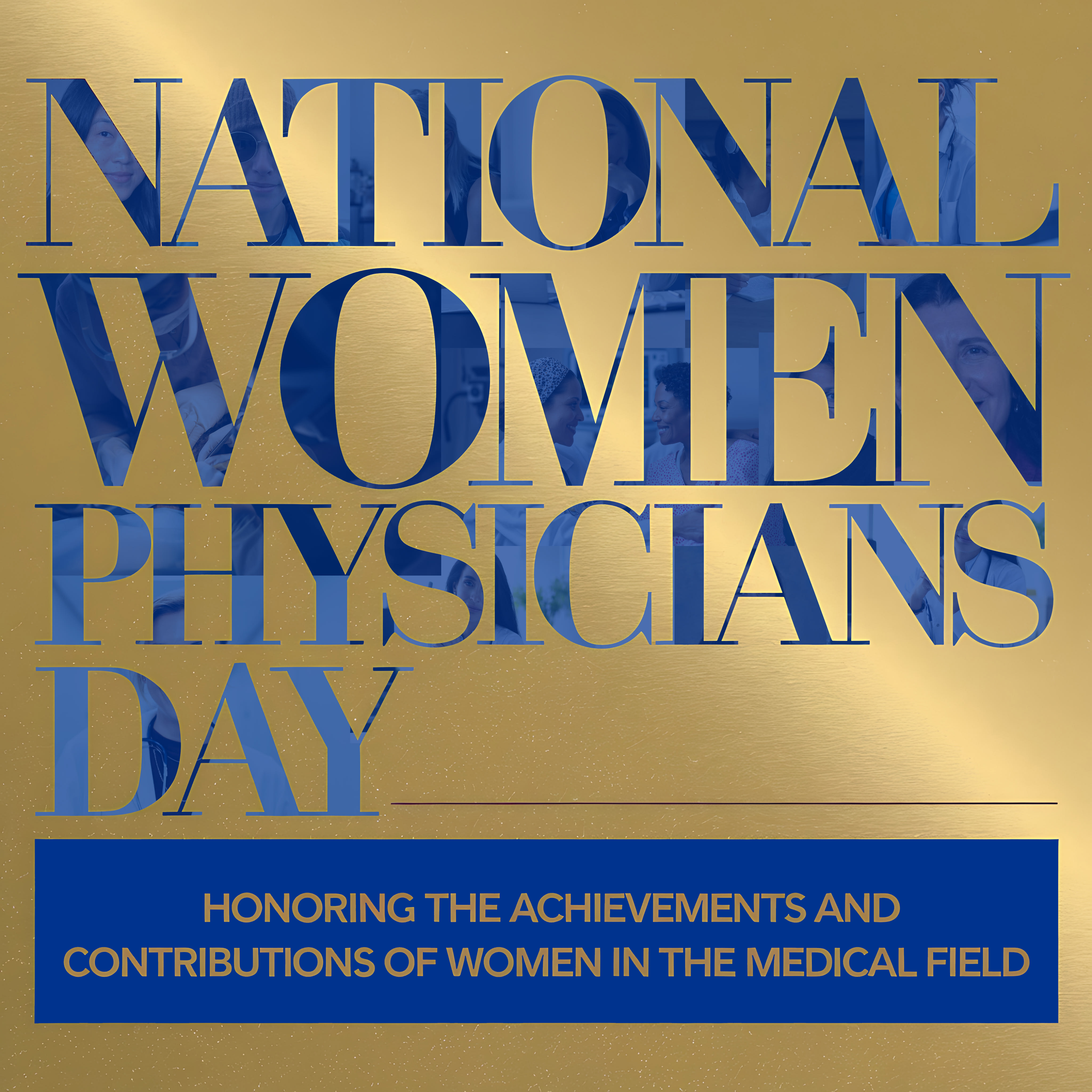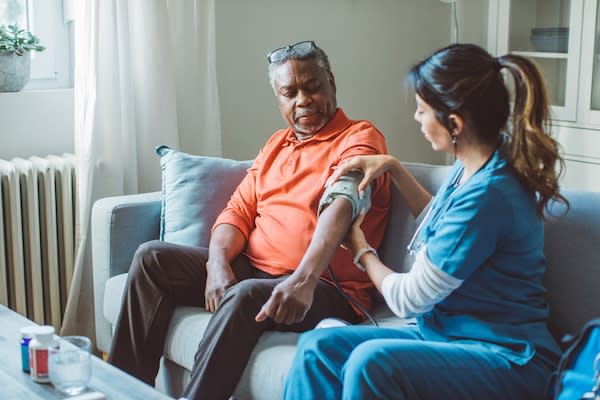How to choose between the ER, Urgent Care, Telehealth, or Primary Care?
[3 MIN READ]
In this article:
-
While primary care physician offices, urgent care clinics and emergency departments are all places where you can receive care, they serve different purposes and specialize in different areas.
-
Knowing which type of care to seek for which type of health need can save you time and money.
-
Understand your health care options now so you don’t waste time when seconds count.
How to choose between the ER, urgent care and your PCP
Each year in the United States, there are nearly 140 million visits to the emergency department. Yet a significant number of those visits could likely take place in a less-expensive setting, such as an urgent care clinic or doctor’s office. That’s why it’s important to know which health care option to use when, so you can get the medical attention you need when you need it — and at the lowest possible cost.
Primary care
Scheduling annual wellness checks and screenings with your primary care provider is an important way to stay on top of your health, especially if you have chronic conditions. Plus, most practices reserve same-day or next-day urgent appointments for established patients. These appointments can cover a range of ailments, including:
- Asthma, sore throats and cold/flu symptoms
- Minor allergic reactions
- Minor illnesses and burns
- Nausea, vomiting and diarrhea
- Sinus infections
- Urinary tract infections
If you need further medical treatment or require specialist services, your primary care doctor can make referrals and connect you with the proper resources.
If you aren’t sure whether to see your primary care doctor, visit an urgent care clinic or go to the ER, you can also call your doctor’s office and ask to speak with a nurse. They can give you guidance on what to do given the circumstances.
Telehealth
ExpressCare Virtual
What if you don’t have a primary care provider or can’t get in right away for something that’s not life-threatening?
Telehealth, such as Providence’s ExpressCare Virtual, is a good outlet to consider. This virtual service allows you to have a live, on-demand video visit with one of our nurse practitioners from the safety of your home using a computer, smartphone or tablet. ExpressCare Virtual is an easy, convenient way to get a diagnosis and treatment recommendation, including a prescription. No appointment is needed.
This service is ideal for many common health conditions, including:
- Sinus, ear or eye infections
- Fever, cough, cold, flu or sore throats
- Rash and joint issues
- Prescription refills
ExpressCare Virtual visits are $99 or less per visit and many insurance plans are accepted. To learn more about ExpressCare Virtual, including our providers and billing, click here.
Urgent care
If it’s an evening or weekend when your primary care doctor isn’t available and you need same-day care, an urgent care clinic may be your best option. Urgent care facilities typically don’t require an appointment, are open on weekday evenings and weekends, offer onsite X-ray, and can stitch skin and cast broken bones. Most offer lab tests, immunizations like flu shots, and can deliver intravenous fluids, as well.
The health concerns providers at urgent care clinics can help with include:
- Earaches
- Nausea, vomiting or abdominal pain
- Rashes without fevers
- Small skin wounds
- Suspected sprains or broken bones
- Urinary tract infections
Emergency department
When seconds count, the ER is usually the way to go. ERs are set up to manage immediate life-threatening conditions and provide advanced imaging for strokes, appendicitis and other genuine emergencies — like a head or eye injury, heart attack, bleeding during pregnancy, severe burns, accidental poisoning or a severe wound that won’t stop bleeding.
You should also seek emergency care for medical conditions including:
- Blurred vision, vision loss or slurred speech
- Chest pain, difficulty breathing or severe shortness of breath
- Paralysis
- Seizures
Illness may look different in kids versus adults. A fever in an infant is a more severe symptom than it is for an older teen.
You also may need to visit the ER if your illness or injury isn’t life-threatening or a medical emergency but happens after-hours when your doctor’s office and nearby urgent care clinics are closed. Timing matters, too.
That’s why you should know your health care options in advance, such as your doctor’s office hours and the hours of nearby urgent care clinics.
--
Find a doctor
If you are looking for a primary care doctor, you can search for one who’s right for you in our provider directory.
Download the Providence App
We’re with you, wherever you are. Make Providence’s app your personalized connection to your health. Find same-day care, schedule appointments, conduct virtual visits, message your doctor, view your health records and more. Learn more and download the app.
Related resources
Don’t wait to get your hepatitis vaccine
Under the weather? Know how to care for a cold or flu and when to see a provider.
Flu shots lessen the impact of a COVID-flu combo
This information is not intended as a substitute for professional medical care. Always follow your health care professional’s instructions.




